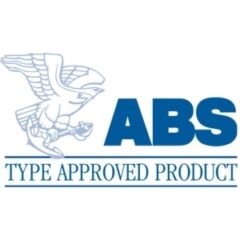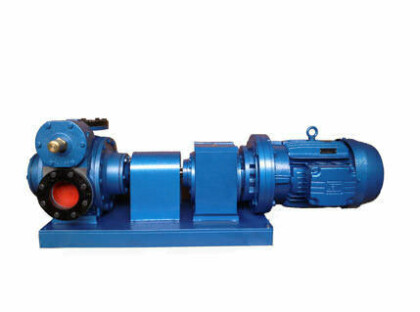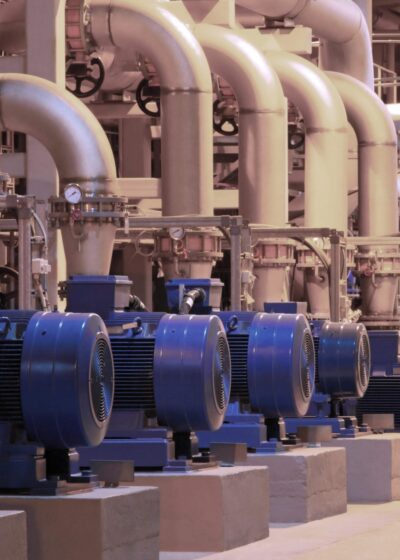
Bombas Trief BAL-C Rotary Vane Pump
Thermal Oil Pumps & Fuel Transfer Pumps





| Key Specifications | |
|---|---|
| Max Flow Rate | 1833.33 |
| Max Head | 100M |
| Max Temperature | 250°C |
| Max Viscosity | 10000 cP |
| Solids | 0mm |
| Size | 1” to 4“ |
The Bombas Trief BAL-C vane pump is a positive displacement pump designed for pumping most medium and low viscosity fluids that do not contain solids in suspension at high temperatures. The robustly constructed BAL C rotary vane pump comes complete with an integrated heating chamber to maintain the temperature of the pumped medium. The heating chamber can be heated using hot water, oil or steam. Popular uses of this positive displacement sliding vane pump include asphalt, bitumen, emulsions, fats and paraffin transfer.
Features of the Trief BAL-C vane pump:
- Integrated heating chamber as standard to maintain the temperature of the pumped medium
- Fluid handling up to 250°C
- Built in safety valve
- Quiet running
- Highly efficient
- Lubricated bearings
- 230V, three phase 50hz / 60hz motors available.
- ATEX approval
Read our rotary vane pump guide here for more information on how this pump works and where it is typically used.
FAQs
Rectangular shaped vanes are mounted into slots on a rotor that turns inside the asymmetrical pump casing. As the rotor turns, the asymmetrical casing causes the vanes to move in and out of the slots to touch the casing walls and trap the fluid between this and the rotor. This mechanism draws the fluid round until it is forced out of the discharge port.














